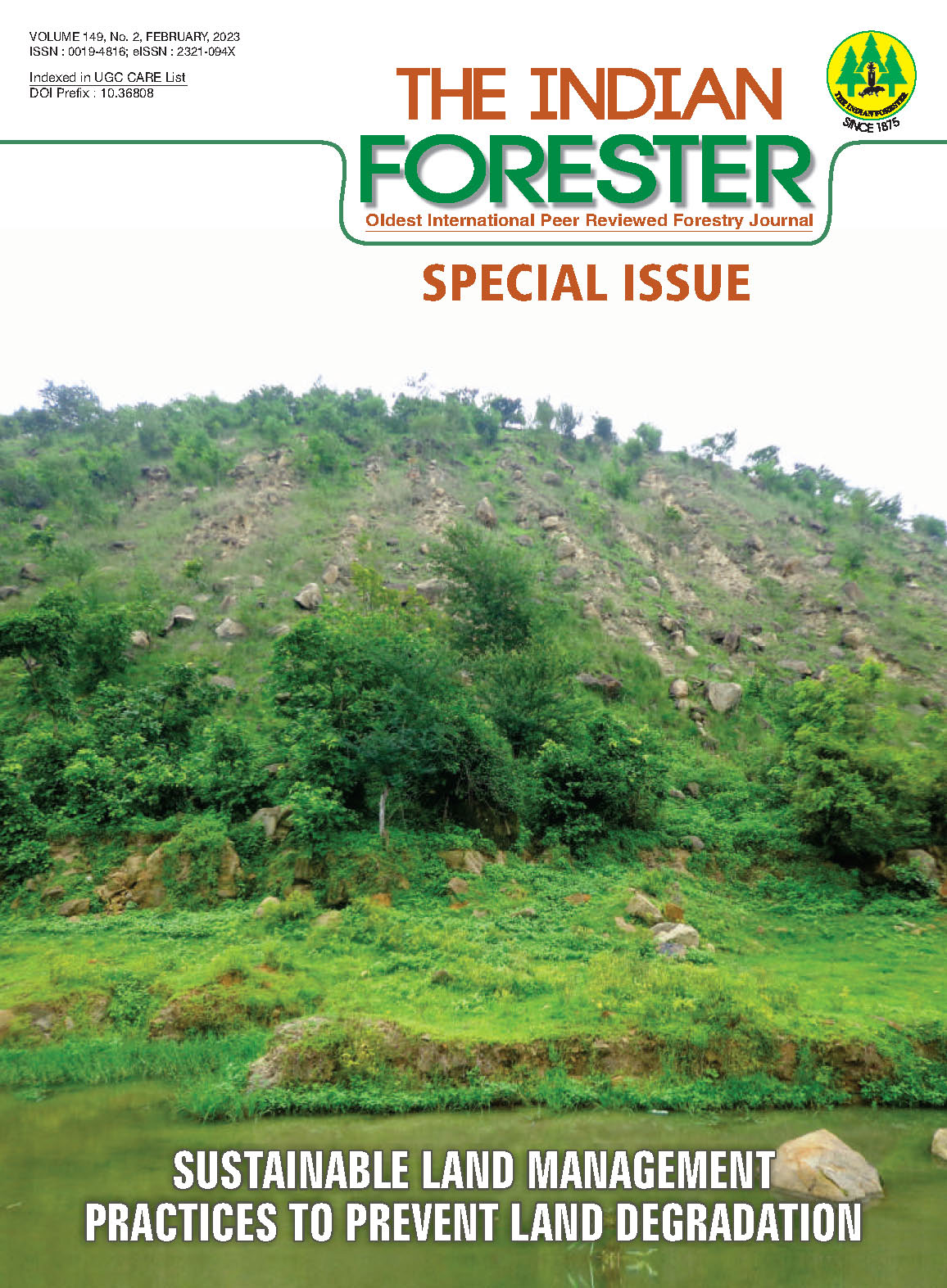Desertification Control Using Microbes : A Mini-Review
DOI:
https://doi.org/10.36808/if/2023/v149i2/169800Keywords:
Microbes, Desertification, Land Degradation, Mycorrhiza, Cyanobacteria, Fungi, Drought.Abstract
Desertification is a global issue impacting millions of hectares of land worldwide. A large portion of the earth's surface comprising arid, semi-arid and hyper-arid lands has been subjected to harsh environmental conditions, such as salinity, heavy metal toxicity, soil erosion, drought and others. The survival of various life forms in these conditions has been largely affected. Therefore, timely effective interventions are necessary to tackle these global challenges. Various microbial communities have been reported to play an important role in desertification reversal. Well adapted to harsh environments, these act against a broad range of abiotic and biotic stresses. Their potential can be utilized to improve soil structure/fertility and to increase plant tolerance to several stresses. The present article discusses the research efforts made for the restoration of degraded lands using various microbial communities.Downloads
Download data is not yet available.
Downloads
Published
2023-05-03
How to Cite
Ramkrishna, Negi, N., Pandey, A., Bhandari, M. S., & Pandey, S. (2023). Desertification Control Using Microbes : A Mini-Review. Indian Forester, 149(2), 131–139. https://doi.org/10.36808/if/2023/v149i2/169800
Issue
Section
Articles
License
Unless otherwise stated, copyright or similar rights in all materials presented on the site, including graphical images, are owned by Indian Forester.





